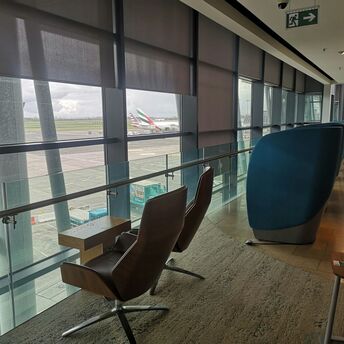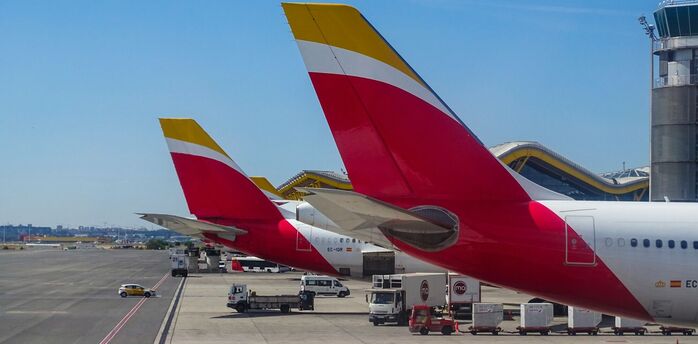Revolutionary Airline Innovations Promise Enhanced Flight Experiences

In a series of recent developments, the aviation sector has introduced groundbreaking innovations designed to revolutionize flight operations and passenger experiences. Last month, the Airline-Tech Innovation Radar highlighted three significant advancements that are set to redefine the industry standards. These innovations, building upon February's notable introductions—such as Virgin Australia's luggage tracking amenity and AirAsia's retail platform—underscore the sector's commitment to technological progress.
The first innovation, Kayak's PriceCheck tool, offers a novel approach to flight booking. By allowing users to upload screenshots of flight itineraries from other platforms, Kayak leverages AI to search for more affordable options across hundreds of sites. This advancement not only promises to enhance the booking experience but also addresses the persistent issue of price transparency in the industry.
NAV Flight Services' NAVlink stands out as a pivotal tool for pilots, enabling more fuel-efficient descent maneuvers through real-time data and advanced weather forecasts. Implemented by Vueling in its Airbus A320 fleet, this technology aims to significantly reduce fuel consumption and carbon emissions, demonstrating that sustainability can go hand-in-hand with innovation even in low-cost carriers.
Meanwhile, Munich Airport has embraced the future of customer service with Robotise's JEEVES, an autonomous service robot that delivers snacks directly to travelers in Terminal 2. As the first of its kind in airport environments, JEEVES represents a leap towards enhancing passenger comfort and convenience through technology.
These innovations not only exemplify the aviation industry's relentless pursuit of improvement but also promise to deliver substantial benefits to both airline operations and the passenger experience. As we continue to navigate the skies, it's clear that the future of air travel is brighter, smarter, and more efficient than ever before.



















